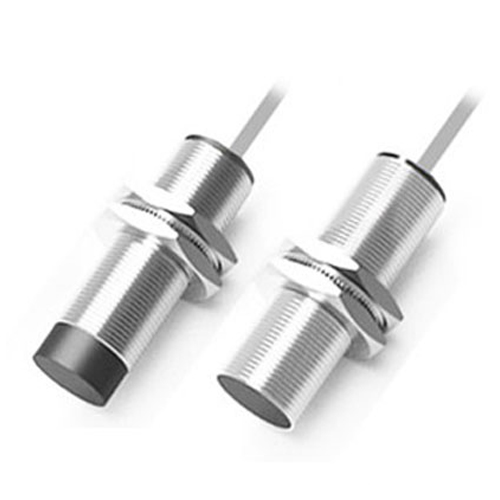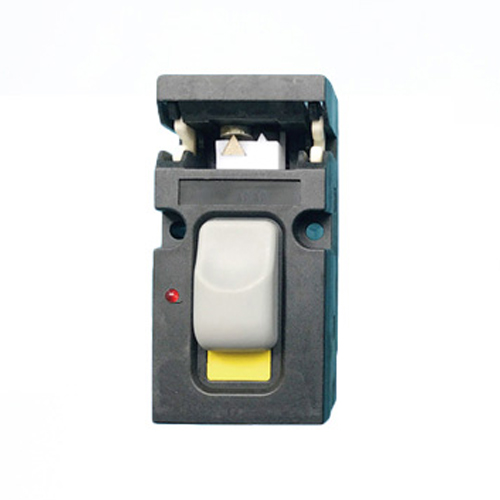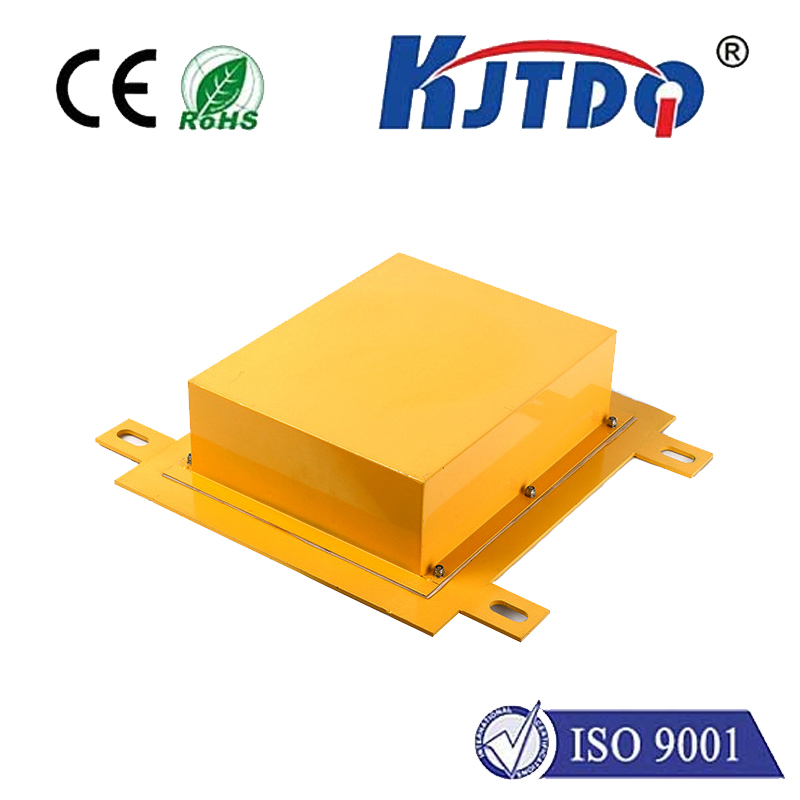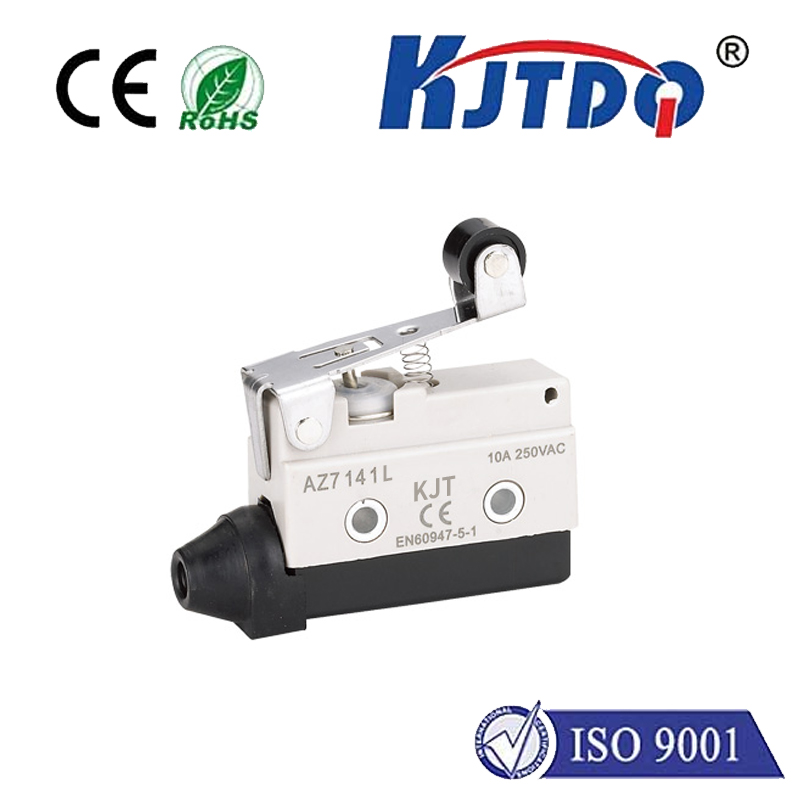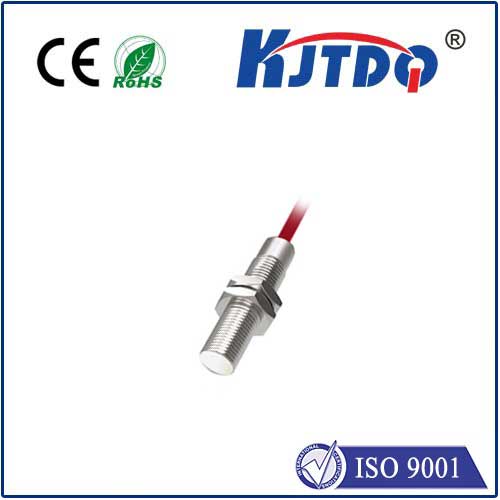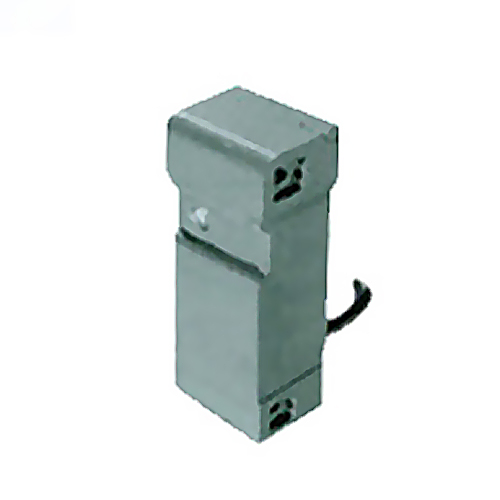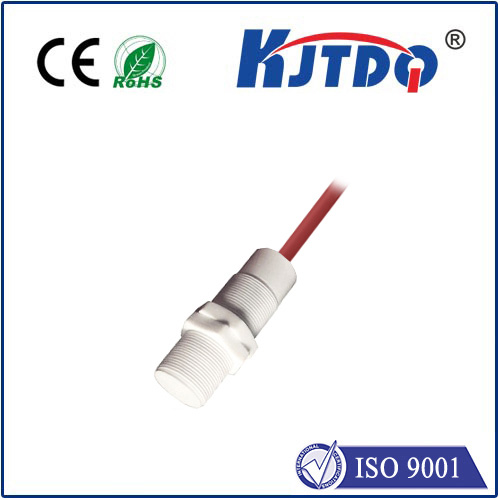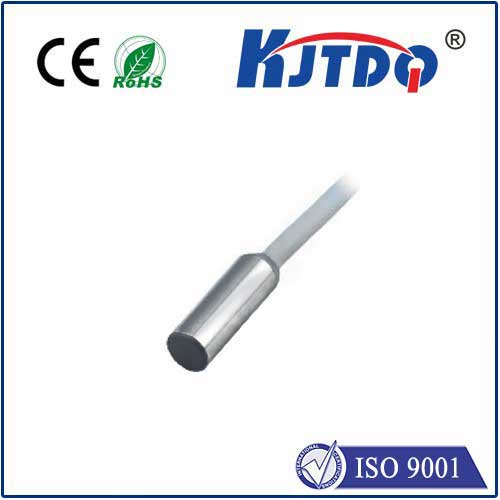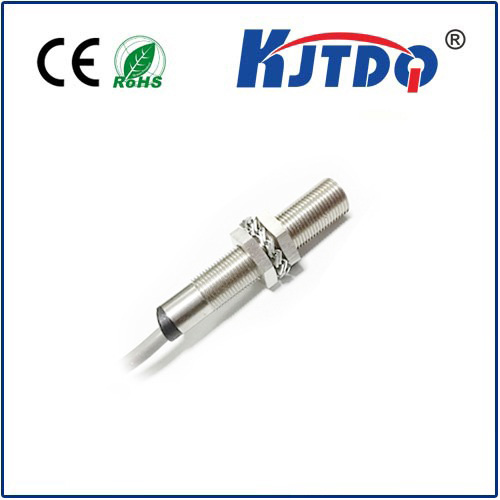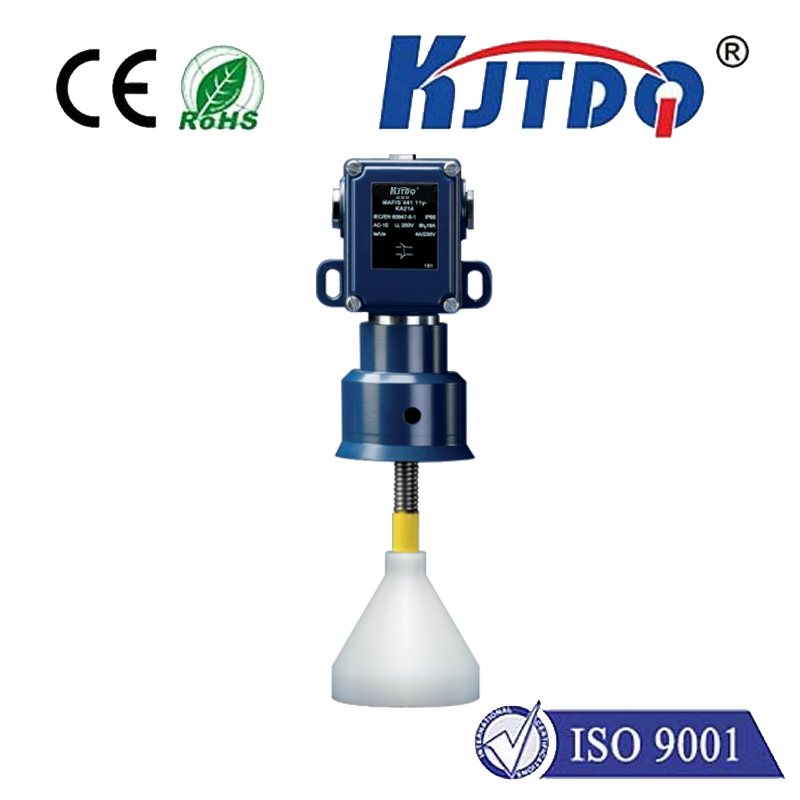датчик приближения переключателя
- time:2025-07-18 08:08:13
- Нажмите:0
Switch Proximity Sensor: The Intelligent Trigger for Seamless Automation
Imagine walking into a dimly lit room, and the lights instantly flicker on. Your hands are full, but the automatic faucet starts flowing as you approach. A complex machine halts instantly when a safety shield is breached. What invisible force enables these moments of effortless interaction and critical safety? Often, it’s the silent sentinel: the Switch Proximity Sensor. This unassuming technology forms the fundamental bridge between detection and action in countless automated systems, providing reliable, non-contact switching based on the simple presence or absence of a target.
Beyond Buttons: Understanding the “Switch” in Proximity Sensors
Unlike mechanical switches requiring physical pressure, a датчик приближения переключателя detects an object’s presence – or proximity – within its sensing range without any physical contact. When a target (like metal, plastic, liquid, or even a person) enters this predefined zone, the sensor’s internal state changes. Crucially, this change operates an integrated electronic switch. This switch typically controls an output signal – essentially turning a circuit “ON” or “OFF.” This output can directly:
- Energize or de-energize relays or solenoids
- Provide input signals to Programmable Logic Controllers (PLCs)
- Interface with microcontrollers or other control systems
- Activate alarms, lights, or motors
This direct ‘switching’ capability based on proximity detection is the core function that makes these sensors indispensable building blocks of automation. They eliminate the wear-and-tear associated with mechanical buttons and provide a far more reliable and maintenance-free solution, especially in harsh or high-cycle environments.
How They Work: Sensing the Unseen
Different types of switch proximity sensors utilize distinct physical principles to detect targets:
- Inductive Proximity Sensors: The workhorses for metal detection. They generate an oscillating electromagnetic field. When a ferrous or non-ferrous metal target enters this field, it induces eddy currents within the target, causing a measurable change in the sensor’s oscillation amplitude or frequency. This change triggers the internal switch. Ideal for detecting metal parts on machinery, conveyor systems, or in automotive manufacturing. Key Benefits: Highly reliable for metals, resistant to dirt/oil/water.
- Capacitive Proximity Sensors: Masters of versatility. They generate an electrostatic field. Any object (metal, plastic, wood, liquid, granules) entering this field alters its capacitance. The sensor detects this alteration and switches its output. Perfect for detecting levels in tanks (liquids, powders), presence of non-metallic objects (bottles, wood panels), or even the presence of a person.
- Photoelectric Sensors (Beam Types): Utilize light beams (visible, infrared, laser). The switch action occurs when a target either interrupts a beam between a separate emitter and receiver (through-beam), reflects light back to a receiver housed with the emitter (retro-reflective), or reflects light diffusely off the target itself (diffuse reflective). Excellent for longer ranges, detecting transparent objects, or precise positioning.
- Ultrasonic Proximity Sensors: Emit high-frequency sound waves and measure the time for the echo to return. The switch is triggered when a target within the set range reflects the sound waves back within a specific time window. Effective for detecting objects regardless of color or material, level sensing, and presence detection in challenging environments with dust or vapor.
The Compelling Advantages of Proximity Switch Technology
Why choose a датчик приближения over a mechanical switch? The benefits are significant:
- Non-Contact Operation: Zero physical wear on the sensor or target, leading to dramatically extended lifespan and eliminating issues like contact bounce.
- High Reliability & Speed: Capable of operating millions of cycles reliably and switching at very high frequencies, essential for modern high-speed automation.
- Robustness: Sealed designs (often IP67-rated or higher) withstand harsh industrial environments – dirt, dust, moisture, oils, and vibrations that would cripple mechanical switches. No moving parts means less vulnerability.
- Многогранность: Available in diverse forms (cylindrical, block, slot) and sensing technologies to detect virtually any material at various ranges (from millimeters to several meters).
- Hygiene & Safety: Touchless operation is critical in food processing, pharmaceuticals, and medical settings. They enhance safety by enabling machine guarding without physical contact points.
Where Switch Proximity Sensors Make a Difference
The applications are virtually limitless, spanning all sectors:
- Промышленная автоматизация: Position sensing on assembly lines (conveyors, robots), part counting, machine guarding (safety interlocks), end-of-travel detection, fluid level control.
- Packaging & Material Handling: Detecting boxes, bottles, or cans; controlling filling levels; verifying cap presence; monitoring conveyor jams.
- Automotive: Gear position detection, brake pedal position, seat occupancy sensing, anti-pinch windows, robotic welding cell object detection.
- Consumer Electronics & Appliances: Automatic faucets and soap dispensers, paper towel dispensers, door position sensing in microwaves/washing machines, touchless light switches.
- Building Automation: Automatic doors, presence detection for lighting/HVAC control, security systems.
- Сельское хозяйство: Grain level monitoring in silos, livestock feeding systems, irrigation control.
Choosing and Using the Right Sensor Switch
Selecting the optimal датчик приближения involves key considerations:
- Target Material: Metal? Plastic? Liquid? (Inductive for metals, Capacitive/Photoelectric/Ultrasonic for others).
- Sensing Distance: Required range to the target. Note that the rated sensing distance is typically defined for a standard target (e.g., mild steel for inductive).
- Output Configuration: NPN or PNP transistor switching? Normally Open (NO) or Normally Closed (NC)? What voltage level (12-24V DC common)?
- Environmental Conditions: Temperature extremes? Exposure to chemicals, water, dust? (IP rating is critical). Electrical noise?
- Size & Form Factor: Physical constraints for mounting?
Proper installation is vital for reliable performance. Ensure correct alignment with the target, maintain the specified operating gap (leaving a small margin below the rated maximum), and consider factors like adjacent metal (mounting flush or non-flush for inductive sensors) or background interference for photoelectric sensors. Always follow the manufacturer’s specifications for wiring and environmental limits. Avoid over-tightening during installation.
Switch proximity sensors are the unsung heroes of the automated world. Their ability to reliably detect presence and instantly switch control circuits without physical contact underpins efficiency, safety, and convenience across countless applications. From the simplest presence detection to complex safety interlocking, understanding and utilizing the right proximity sensor switch is fundamental to building smarter, more responsive, and more robust systems.
